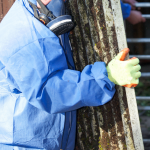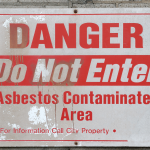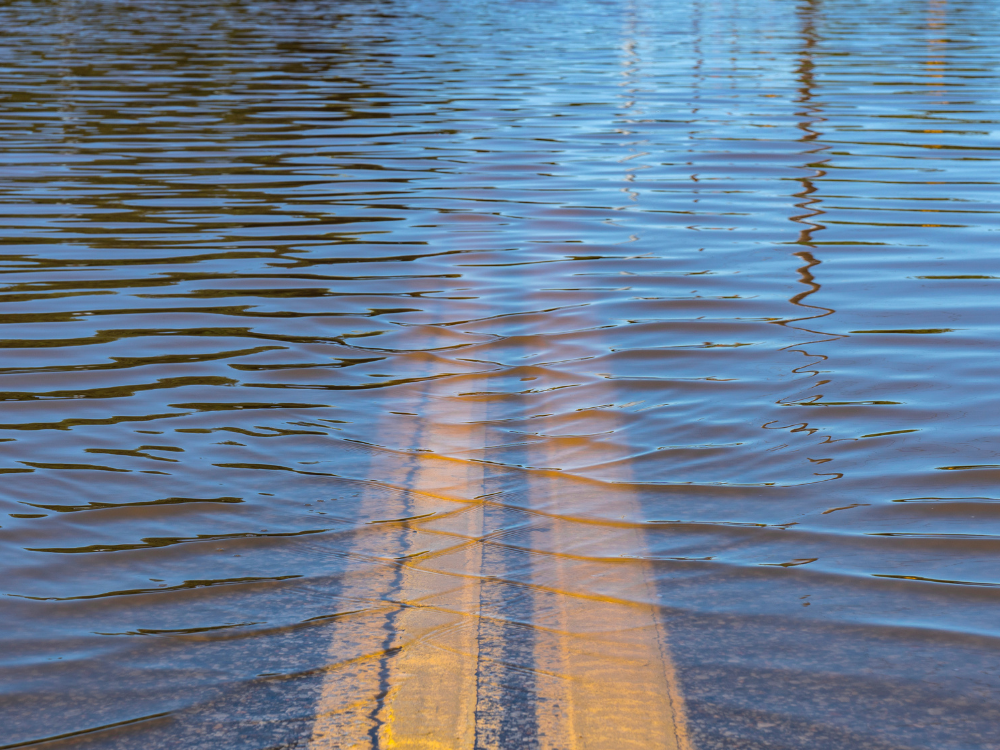As residents continue the clean-up following recent flooding, microscopic fungi, commonly called mould, will be a concern for many.
Homes and buildings affected by the floods will likely remain inaccessible for a period of time, and with relatively high ambient temperatures and lots of water with nowhere to go, mould will in many cases begin to take hold.
If your home has been affected by water, there are measures you can take to prevent mould from developing. And if the fungi has already started to grow, it’s important to thoroughly remove it – as the presence of mould can affect our health
“The recent wet weather in Australia, combined with humidity and high temperatures, have created a breeding ground for mould”
How Does Mould Develop?
Mould growth begins with water damage. You can generally resolve the problem by removing any standing water or mud, removing any affected materials/contents and installing equipment (fans and/or dehumidifiers) to dry the remaining structures. It is key that you ventilate the area as much as possible.
Left unchecked, spores from common fungi such as Penicillium and Aspergillus can germinate within 16 hours, and can grow millimetres a day. Within a few weeks, wet materials can be heavily colonised.
Mould will readily consume many materials in our homes which are cellulose-based, such as timber and cardboard. But many fungi aren’t fussy and will happily degrade paints and glue, and grow in the dust and dirt found in carpets and insulation. In terms of mould growth, flood water can be more problematic than clean water, as it will have picked up dirt, sewage and other nutrient-rich materials along the way. This will not only increase the amount of spores splashed onto surfaces, but also provide a ready food source for fungi as they begin to multiply. This can make clean-up efforts significantly more difficult.
Tips for Limiting Mould Growth
- Remove any standing water. Pump out or sweep away all the water from your property immediately, including from hidden areas such as below cabinetry (remove the kickboards if possible, or drill holes to drain any water and to allow drying to commence). Ventilate the indoors areas as much as possible to facilitate the drying process.
- Remove affected items immediately and quickly. It is important to remove all items affected by the flood as soon as possible. This is because mould can start to grow within 24 to 48 hours of flooding. Any affected carpet or floating flooring should be removed as it will retain water for long periods. Plasterboard wall linings should be cut and removed to a level at least 300mm above where the water reached – exposing the timber framing is critical to the drying process. Ensure that the electrical supply has been made safe before commencing any demolition works. Any wet furnishings and possessions that are unsalvageable must be discarded as well. Doing so is important as these can harbour mould and bacteria that can be harmful to health. Note: take photos of all discarded items in case they are required by your Insurer.
- Clean up as soon as possible. After discarding any items affected by the flood, clean up the remaining affected areas with soap and water. Be sure to wear protective equipment to protect the lungs and skin. These may include P2/P3 particulate masks, gloves, goggles, and disposable coveralls. Any clothing used during the clean-up should be bagged and laundered, to prevent cross-contamination of clean areas.
- Remediate. Once the structure is dry, it should be HEPA vacuumed to suck up residual mould and spores throughout the premises. An approved antimicrobial spray can then be applied before building repairs commence.
Health Concerns
Aside from the cosmetic aspect of mould, there are health concerns which may arise from fungi-contaminated buildings.
Fungal spores and cells often act as allergens. When inhaled, they can cause shortness of breath and cold and flu-like symptoms as well as itchy eyes and skin.
Another area we’re beginning to understand more is mycotoxins – the toxic compounds produced by some fungi as they grow. Not all fungi produce these toxic metabolites, and there’s no simple test or mould colour that can tell you if you’ve got one of the bad ones growing in your home. It generally requires experts to sample the spores and determine what species of fungi is present.
For most people with low level mould problems, mycotoxins will not be an issue. But after large scale water damage events like flooding, explosive mould growth may produce concentrations of toxins high enough to pose a risk of severe respiratory distress, bleeding from the lungs, inflammation, cognitive impairment, or cancer.
Seek expert advice early to deal with large scale growth or to determine how best to proceed when drying your home to make sure that it stays fungi free.
We will be releasing ‘Asbestos Containing Materials After the Floods’ in a few weeks so keep an eye out




